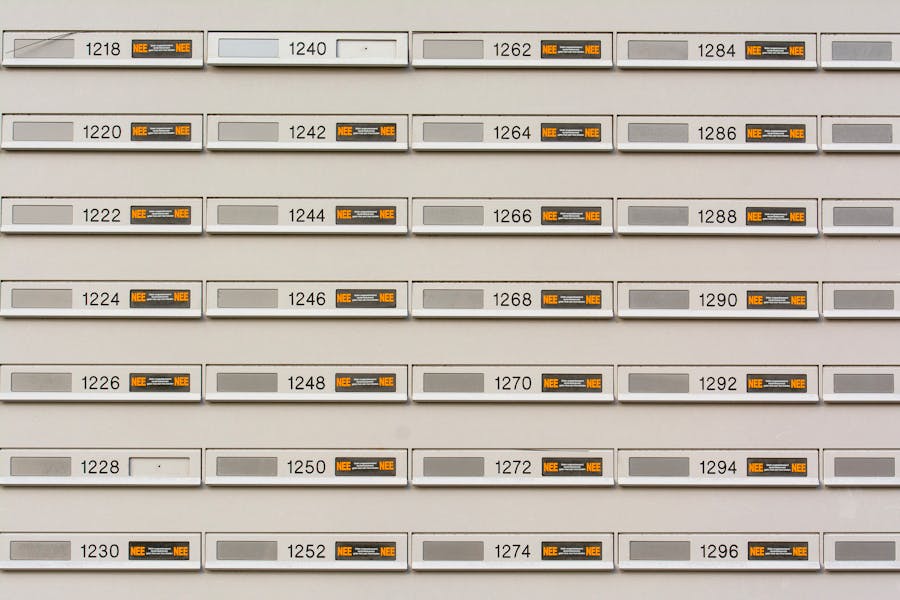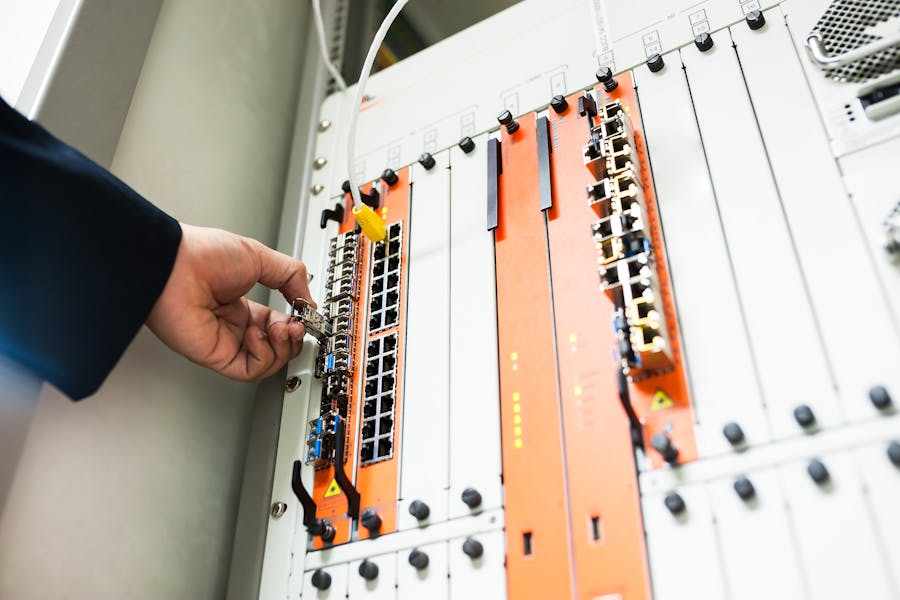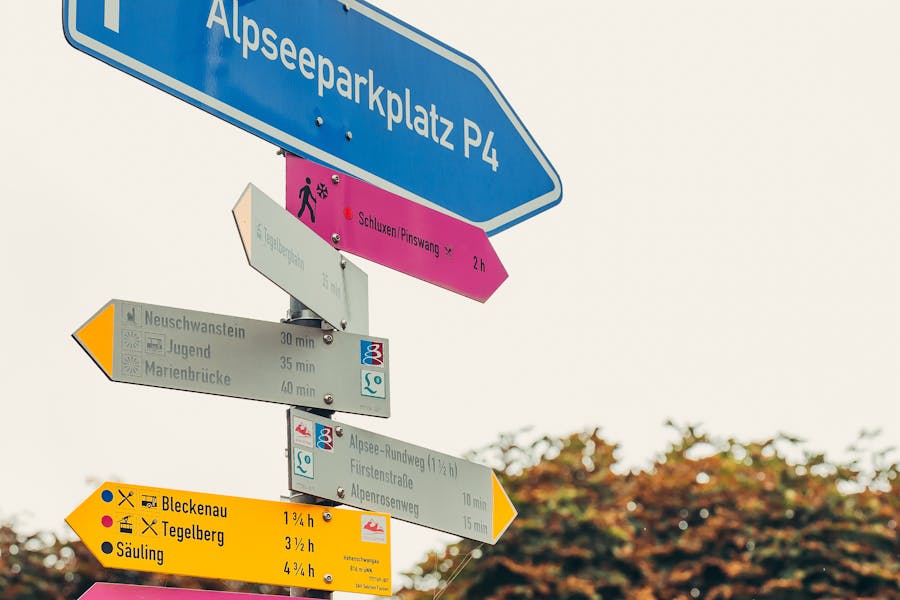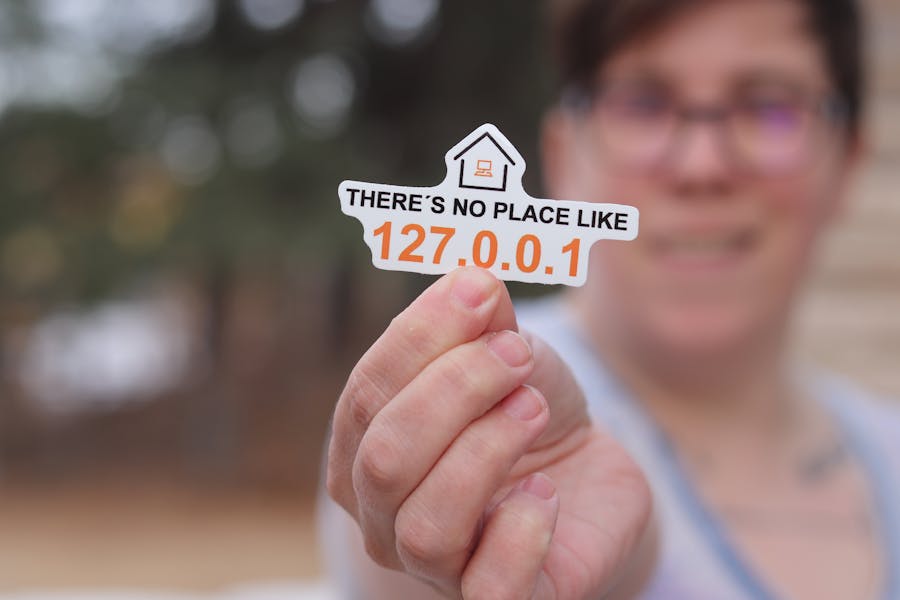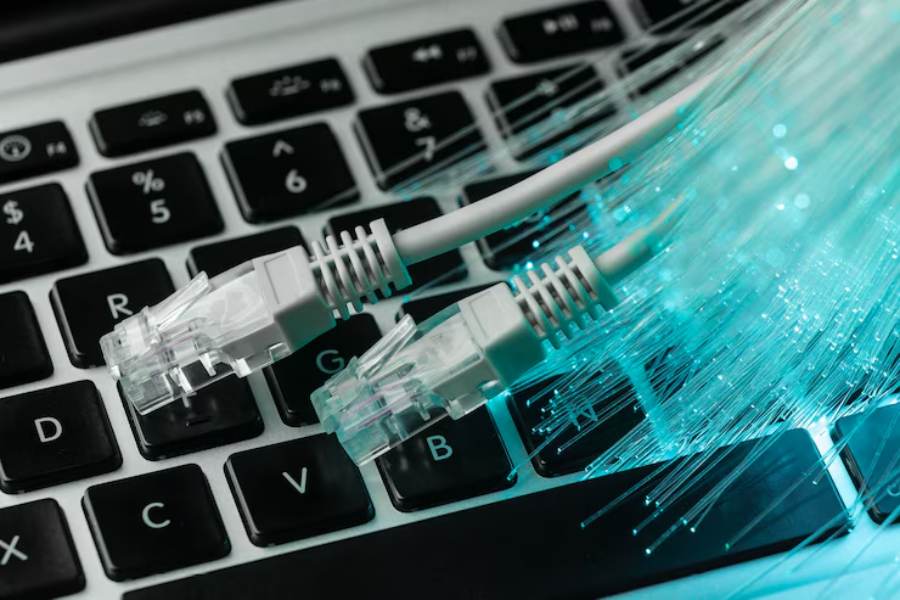
In today’s highly connected world, having a clear understanding of computer networking basics is more important than ever. Central to this knowledge is grasping how devices communicate using IP addresses and subnet masks. IP addresses serve as unique identifiers for each device on a network, while subnet masks determine the size and structure of the network itself. Together, they are crucial in ensuring data is sent and received accurately and efficiently.
Whether you’re a tech enthusiast, student, or professional, understanding how IP addresses and subnet masks work is key to decoding how the internet and local networks function behind the scenes. This article will explore their roles, explain subnetting, network calculations, and the significance of different IP classes. By the end, you’ll have a strong grasp of these essential networking components.
The Basics of IP Addresses and Subnet Masks
IP addresses and subnet masks are foundational elements of networking. An IP address is a unique numerical label assigned to each device connected to a network. This number allows computers, phones, servers, and other devices to identify and communicate with one another over the internet or within a local network. IP addresses come in two versions: IPv4, which uses 32 bits divided into four octets, and IPv6, which uses 128 bits to accommodate the growing number of devices.
Subnet masks are closely related to IP addresses. A subnet mask is a number that separates the IP address into two parts: the network portion and the host portion. The network portion identifies the specific network segment, while the host portion identifies individual devices within that network. For example, a subnet mask like 255.255.255.0 tells devices that the first three octets (e.g., 192.168.1) represent the network, and the last octet identifies the host.
Together, IP addresses and subnet masks enable efficient and organized routing of data. When a device sends data, it uses the subnet mask to determine whether the destination is on the same local network or if it needs to forward the data to a router for delivery elsewhere. This division is vital for managing network traffic and preventing data from unnecessarily flooding unrelated devices.
In practice, subnetting allows network administrators to create multiple logical networks within a larger physical network. This enhances security, improves performance, and simplifies management. Without subnet masks, networks would be less organized, leading to routing confusion and potential data loss.
Understanding how IP addresses and subnet masks work provides insight into the backbone of modern digital communication. Whether browsing websites, sending emails, or streaming videos, this system ensures your data reaches the correct device quickly and reliably.
Breaking Down IP Address Classes and Their Role in Networking
IP address classes organize networks by size and purpose, helping define how devices communicate and how subnet masks segment these networks effectively.
What Are IP Address Classes?
IP addresses are categorized into classes to define network sizes and purposes. The five main classes are A, B, C, D, and E. Classes A, B, and C are used for general network addressing, while D is reserved for multicast and E for experimental use.
Class A IP Addresses
Class A addresses are designed for very large networks, ranging from 1.0.0.0 to 126.255.255.255. They use an 8-bit network portion and a 24-bit host portion, supporting millions of hosts on one network.
Class B IP Addresses
Class B addresses cover medium-sized networks, ranging from 128.0.0.0 to 191.255.255.255. They split the IP address into a 16-bit network portion and a 16-bit host portion, allowing thousands of hosts per network.
Class C IP Addresses
Class C addresses, from 192.0.0.0 to 223.255.255.255, are for smaller networks. They use a 24-bit network portion and an 8-bit host portion, supporting up to 254 hosts per network.
Role of Subnet Masks with IP Classes
Subnet masks correspond to these classes to help devices identify network boundaries. For example, the default subnet mask for Class C is 255.255.255.0, while for Class B it’s 255.255.0.0. Subnetting allows further division of these classes into smaller subnets for more granular control.
Why Understanding IP Classes Matters
Knowing IP address classes helps network engineers plan efficient addressing schemes, manage IP allocations, and optimize network security. It also aids in troubleshooting connectivity and routing issues.
Concepts of IP Addresses and Subnet Masks Explained
Concepts of IP addresses and subnet masks are essential for managing network communication, routing, and security effectively across various network types.
- IP Address Structure: Comprised of four octets in IPv4, each ranging from 0 to 255.
- Subnet Mask Function: Masks the IP address to distinguish between the network and host portions.
- Network Portion: Identifies the network segment a device belongs to.
- Host Portion: Uniquely identifies devices within that network.
- Subnetting: Dividing a network into smaller segments to improve management and security.
- CIDR Notation: A shorthand for subnet masks, such as /24, indicating 24 bits for the network.
- Routing Decisions: Devices use IP and subnet masks to determine if data should be sent locally or to a router.
- Broadcast and Network Addresses: Special addresses within a subnet used for communication and identification.
- IPv6 Differences: Uses a longer address format and different subnetting rules but similar concepts.
- Private vs. Public IPs: Private IPs are used within internal networks, while public IPs are routable on the internet.
The Importance of Subnet Masks in Modern Networks
Subnet masks play a crucial role in how networks are organized and function efficiently. By defining network boundaries, subnet masks ensure that traffic is directed correctly between devices. This prevents unnecessary congestion on a network and improves security by isolating subnetworks.
In large organizations, subnetting allows different departments or floors to have separate network segments. This separation helps contain network problems, such as broadcasts or malware, to smaller areas rather than impacting the entire company network. Additionally, subnetting improves IP address utilization by allowing more precise allocation. Instead of wasting a large block of IP addresses on a small network, subnetting fits the number of hosts more appropriately.
Subnet masks also facilitate efficient routing on the Internet. Routers use subnet information to forward packets along the correct path, minimizing delays and errors. Understanding subnet masks helps network professionals design scalable, flexible, and secure networks that adapt to evolving needs.
With the growing number of connected devices, subnet masks remain a critical tool for network management, performance, and security.
Practical Subnetting Examples and IP Address Calculations
Practical subnetting examples and calculations help illustrate how subnet masks define network size and improve IP address management for efficient network design.
How to Calculate Subnets Using Subnet Masks
Subnet calculations determine how many hosts a subnet can support and what the network’s range is. For example, using a subnet mask of 255.255.255.0 (or /24), you can have 256 addresses, but only 254 usable hosts because one address is reserved for the network and one for broadcast.
Example of Subnetting a Class C Network
Suppose you have a Class C network 192.168.1.0 with a subnet mask of 255.255.255.192 (/26). This mask allows you to divide the network into four subnets, each supporting up to 62 hosts.
- Subnet 1: 192.168.1.0 – 192.168.1.63
- Subnet 2: 192.168.1.64 – 192.168.1.127
- Subnet 3: 192.168.1.128 – 192.168.1.191
- Subnet 4: 192.168.1.192 – 192.168.1.255
This example shows how subnet masks can control network size to fit specific needs.
Using CIDR Notation for Simplicity
CIDR (Classless Inter-Domain Routing) notation expresses subnet masks more compactly, such as 192.168.1.0/26 instead of writing out the full subnet mask.
Tools to Calculate Subnets
Several online tools and command-line utilities help network admins calculate subnets and IP ranges quickly, reducing errors and saving time.
Conclusion
IP addresses and subnet masks are essential to grasp the foundation of networking. IP addresses uniquely identify devices, while subnet masks segment networks to improve efficiency, security, and routing. This system allows networks to scale, isolate, and operate smoothly in our increasingly connected digital world. Mastering these concepts is crucial for effective network design and troubleshooting, whether managing a home network or an extensive enterprise infrastructure.
FAQ’s
What is the difference between an IP address and a subnet mask?
An IP address identifies a device on a network, while a subnet mask divides the IP address into network and host parts to define network boundaries.
Why are subnet masks necessary in networking?
Subnet masks enable efficient routing and segmentation of networks, reducing traffic congestion and improving security by isolating subnetworks.
What does CIDR notation mean in subnetting?
CIDR notation specifies the number of bits used for the network portion of an IP address, simplifying subnet mask representation (e.g., /24).
How does subnetting improve network performance?
Subnetting reduces broadcast traffic and isolates network issues to smaller segments, which enhances overall network speed and reliability.
Are IP addresses and subnet masks the same in IPv6?
The concepts are similar, but IPv6 uses longer addresses and a different subnetting approach to accommodate more devices.


